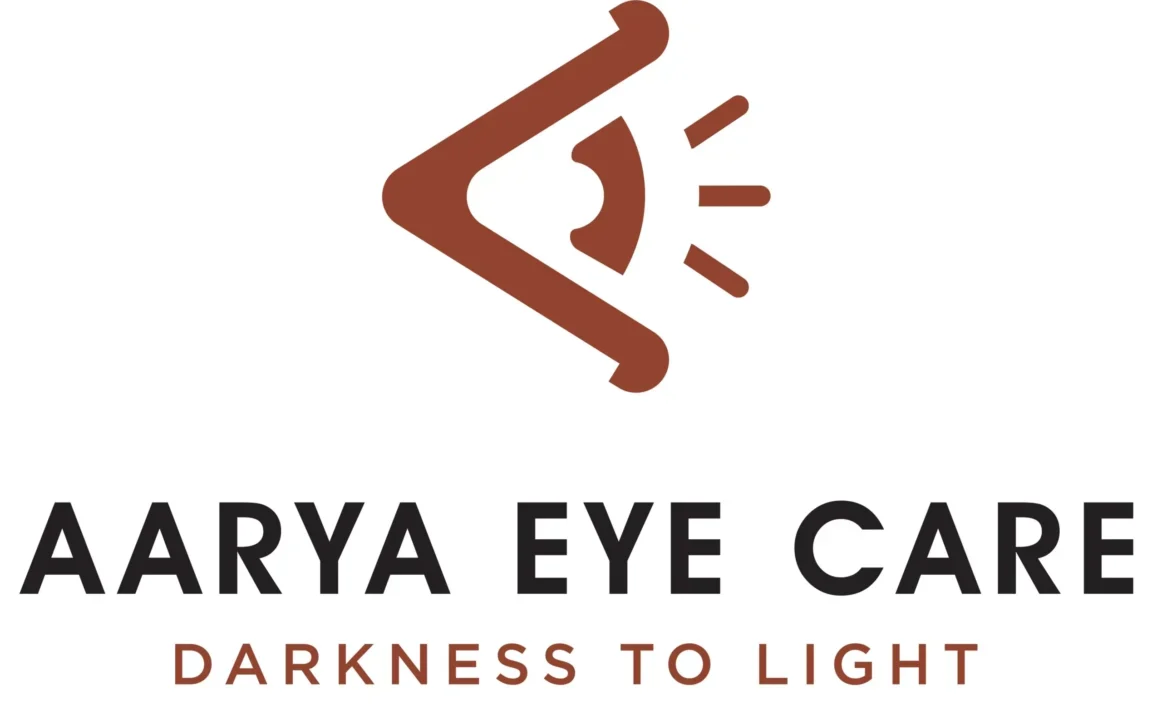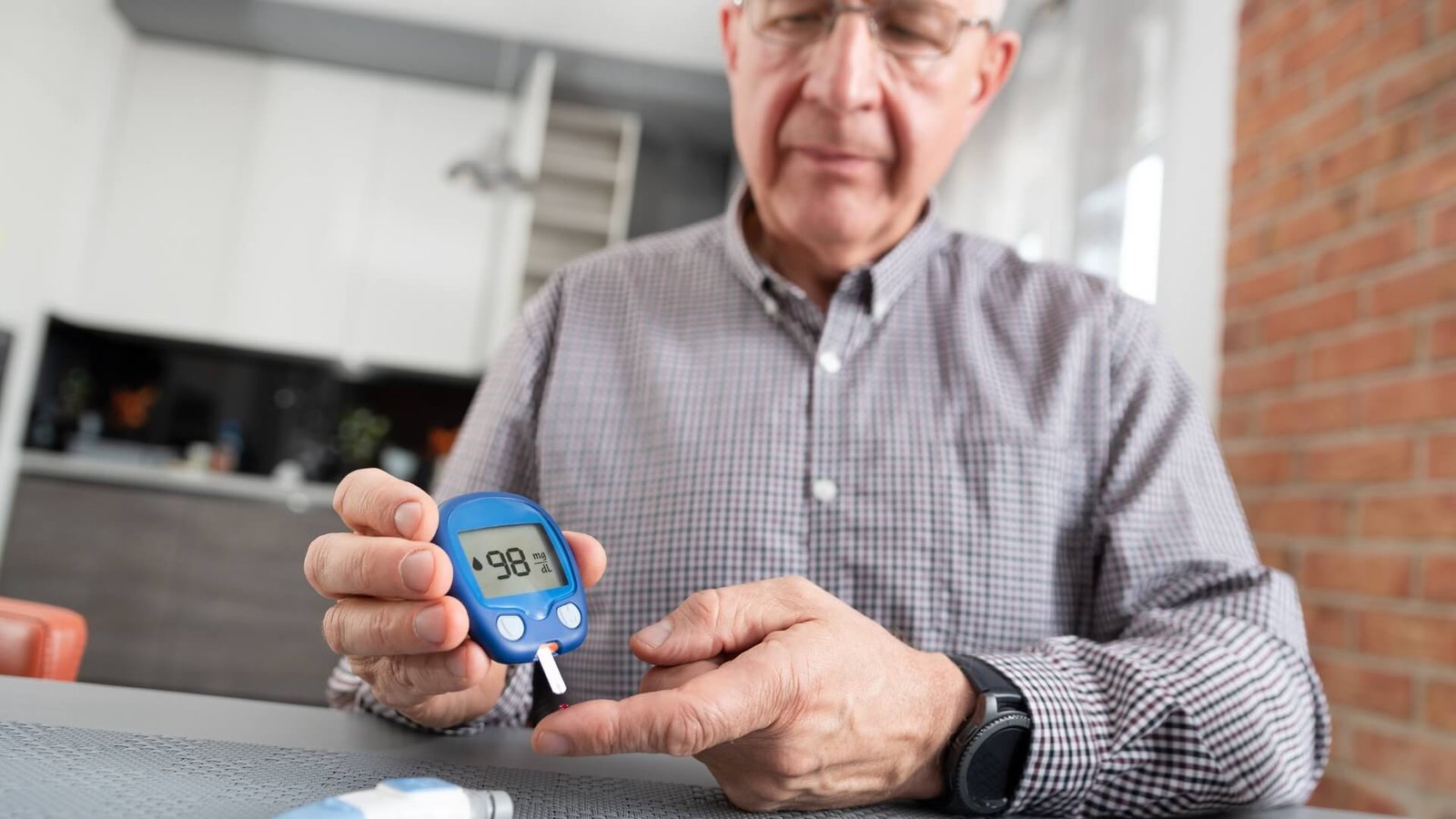How to Identify Symptoms of Diabetic Retinopathy at Home
Diabetes can silently attack multiple organs in the body and the eyes & are largely vulnerable to this damage. Retina complication such as diabetic retinopathy, is one of the most severe complications in the ocular system, which develops as a result of prolonged exposure of high blood glucose to the microvasculature of the retina and damages it. Early action can be taken in terms of medical attention to the patient by understanding how to identify symptoms of diabetic retinopathy, which would reduce the chances of irreversible loss of vision.
The diabetic retinopathy often occurs painlessly and without any kind of suffering. Therefore, there is a need to understand how to identify potential warning signs of Diabetic Retinopathy.
What Is Diabetic Retinopathy?
Diabetic retinopathy is a diabetic microvascular complication that is brought about by an extended exposure to high glucose levels. It causes distress in small blood vessels in the retina and results in leakage, swelling, and development of vulnerable new blood vessels. The condition is normally painless in the initial stages, thus difficult to be detected early.
There are two major stages of the disease:
Non-Proliferative Diabetic Retinopathy (NPDR): It is an early form of the retinopathy where microaneurysms are small bulges that appear on the vessels of the retina and slight leakage of fluid occurs. Patients might experience slight alterations in vision.
Proliferative Diabetic Retinopathy (PDR): This is an abnormal development of blood vessels on the retina, in the advanced stage. These boats are delicate and have the ability to bleed, and this is a great risk to losing the vision. PDR may cause retinal detachment and extreme sight loss without early intervention.
Causes and Risk Factors
Several factors increase the likelihood of developing diabetic retinopathy:
- Poor long-term control of blood glucose levels
- Elevated blood pressure (hypertension) and high cholesterol
- Long-standing diabetes, typically over 10 years
- Smoking and sedentary lifestyle habits
Understanding these risk factors allows patients to prioritize preventive measures and schedule regular eye evaluations.
Early Symptoms of Diabetic Retinopathy
Recognizing symptoms of diabetic retinopathy early is vital for preventing progression. Common early signs include:
- Blurred or Distorted Vision: Caused by fluid accumulation and retinal swelling
- Floaters or Dark Spots: Small shadows or dark shapes indicating minor bleeding inside the eye
- Difficulty Seeing at Night: Reduced ability to adjust to low-light conditions
- Fluctuating Vision: Vision clarity may change throughout the day due to blood sugar variations.
- Impaired Color Vision: Colors may appear dull or less vibrant.
- Dark or Empty Areas in Vision: Areas of retinal tissue may be affected.
- Sudden Vision Loss: An emergency sign indicating retinal detachment or significant haemorrhage
Early recognition of these symptoms can prompt immediate consultation with an ophthalmologist, which is critical to preventing permanent damage.
How to Identify Symptoms of Diabetic Retinopathy at Home
Self-observation can assist in identifying early warning signs before professional examination:
- Check Vision Regularly: Cover one eye at a time and focus on a stationary object to assess clarity.
- Observe Visual Changes: Note blurring, floating shapes, or dullness in colors.
- Track Vision Stability: Record any variation in visual clarity throughout the day.
- Monitor Daily Function: Be attentive to difficulties in reading, driving, or recognizing faces.
- Maintain a Vision Journal: Document recurring symptoms and their frequency for review by an eye specialist.
While these measures can help detect early symptoms of diabetic retinopathy, they are supplementary and do not replace professional ophthalmic assessments.
Importance of Early Detection
Diabetic retinopathy may advance without producing noticeable symptoms, making routine screening critical. Early detection allows interventions to prevent irreversible retinal damage. Individuals with diabetes should not wait for symptoms to appear. Regular eye examinations enable timely treatment, reducing the risk of advanced complications and maintaining visual function.
When to Visit an Eye Specialist
Immediate assessment is required in case of the following:
- Constant blurred vision or distortion of vision.
- The emergence of floaters or flash of light.
- One or both eyes lose their sight partially or completely.
- Problem with differentiating colours.
To be properly diagnosed and treated, the patients are encouraged to visit the Best Eye Care Hospital in Thrissur, Aarya Eye Care with the help of which one will be given an in-depth examination with the help of modern imaging devices and qualified ophthalmologists.
Diagnosis of Diabetic Retinopathy
Diagnosis involves detailed retinal examination using specialized techniques:
- Dilated Eye Examination: Pupil dilation allows direct visualization of the retina and detection of vascular abnormalities
- Optical Coherence Tomography (OCT): Provides high-resolution imaging to detect retinal swelling and thickness changes
- Fluorescein Angiography: Involves dye injection to track retinal blood flow and identify abnormal vessel growth
These investigations confirm the stage of diabetic retinopathy and guide appropriate treatment planning.
Treatment Options
Treatment should be depends on the severity of the disease and patient-specific factors such as
- Laser Photocoagulation: Seals leaking retinal vessels and reduces swelling
- Anti-VEGF Injections: Medications administered directly into the eye to limit abnormal vessel growth and reduce fluid accumulation
- Vitrectomy Surgery: Surgical removal of blood and scar tissue from the vitreous cavity in advanced cases
Timely intervention, combined with effective management of diabetes, significantly improves the likelihood of preserving vision.
Managing Diabetes to Protect Your Eyes
Prevention and disease control are essential to protect retinal health:
- Maintain target levels for blood glucose, blood pressure, and cholesterol.
- Follow a nutrient-rich diet including green vegetables, fruits, and omega-3 fatty acids.
- Engage in regular physical activity to improve vascular health.
- Avoid tobacco and limit alcohol consumption.
- Attend routine ophthalmic assessments for early detection.
Adhering to these measures helps slow disease progression and supports overall ocular and systemic health.
Conclusion
Identifying the symptoms of diabetic retinopathy at home enables early intervention, which is important for maintaining vision. Home monitoring, paired with professional examinations, provides the most effective strategy that is against visual deterioration.
Patients with diabetes or any changes in vision should seek evaluation at Aarya Eye Care, the Best Eye Care Hospital in Thrissur, for advanced diagnostic assessment and specialized treatment.
Contact us today to arrange your consultation and secure expert diabetic eye care.








